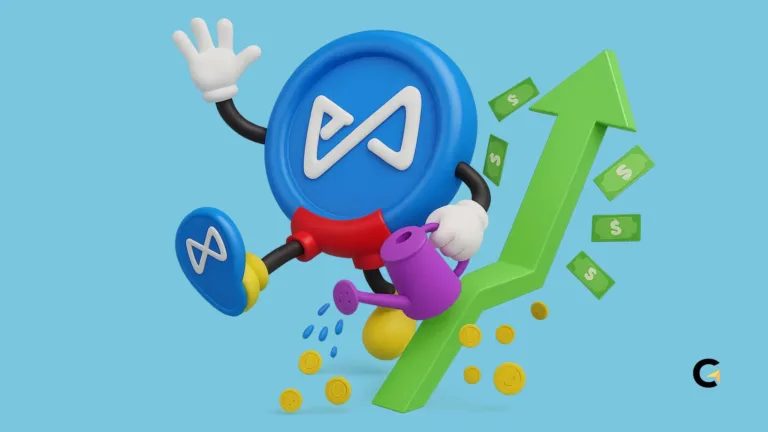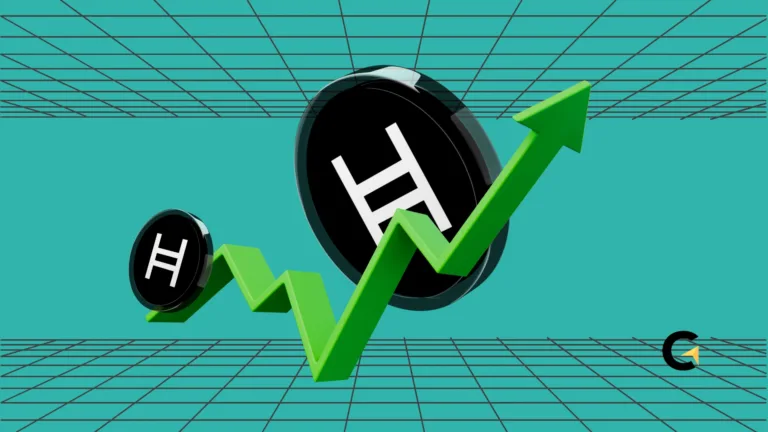6 Key Tips to Dodge Traps While Trading Solana (SOL)
Solana (SOL) is one of those crypto assets that’s super liquid and crazy volatile. For some, that’s anxiety-inducing. But for traders who know what they’re doing, this kind of movement? It’s pure opportunity.
The real secret? Technical analysis—basically a toolkit to help you read trends, measure momentum, and predict when SOL might flip direction.
In this guide, we’re diving deep into 6 essential indicators that every serious SOL trader should master.
We’re not just giving textbook definitions—we’re breaking it all down: how each indicator works, what signals to look for, and when to act.
Quick Facts You Need to Know
Hide-
Moving Averages help spot trends by smoothing price movement.
-
RSI shows overbought/oversold zones for potential reversals.
-
MACD combines EMAs to reveal trend strength and momentum.
-
Bollinger Bands highlight volatility and dynamic support/resistance.
-
Fibonacci Retracement points out likely bounce or resistance areas.
-
Volume Analysis confirms if price moves are backed by real market strength.
Ready to trade smarter (not harder)?
1. Moving Averages: Your Go-To Tool for Spotting Short & Long-Term Trends
How It Works:
A Moving Average (MA) smooths out price data over a set time period so you can actually see the trend, instead of getting lost in the noise.
There are two main types:
-
SMA (Simple Moving Average): The basic average price over the last 20, 50, or 200 days.
-
EMA (Exponential Moving Average): Gives more weight to recent prices, so it reacts faster to price changes.
What It Means for Trading:
-
When the short-term EMA (like 20-day) crosses above the long-term EMA (like 50-day), that’s a bullish signal—known as a golden cross.
-
If it crosses below, that’s a bearish sign, aka the death cross. Time to be cautious.
Pro tip: If SOL is trading above its 200-day MA, the long-term trend is bullish. Below it? Might be in correction territory.
| MA Setup | Trend Direction |
|---|---|
| EMA 20 > EMA 50 | Strong uptrend |
| EMA 20 < EMA 50 | Downtrend |
Use both short-term and long-term MAs to time your entries. Waiting for that golden cross? You’re not late—you’re being smart.
2. RSI: Catch Overbought & Oversold Moments Before the Crowd
What’s RSI?
RSI stands for Relative Strength Index. It measures how fast and how strong the price is moving. RSI values range from 0 to 100.
How to Read It:
-
RSI > 70 → SOL is in overbought territory. A pullback might be coming.
-
RSI < 30 → Oversold zone. Could be a rebound on the way.
-
RSI around 50 → Neutral ground. Use it as a pivot point for bias.
Example: If SOL’s RSI hits 80 and then drops below 70, watch out. That could be a short-term reversal loading.
Best Time to Use It:
When SOL’s been pumping hard or dumping fast—RSI helps you figure out if it’s time to chill or jump in.
3. MACD: A Double-EMA Tool to Gauge Trend Strength and Momentum
What’s MACD?
MACD = Moving Average Convergence Divergence. Fancy name, but it’s just a combo of two EMAs (usually 12-day and 26-day), resulting in:
-
MACD Line
-
Signal Line (usually a 9-day EMA of the MACD line)
Signals to Watch:
-
MACD Line crosses above Signal Line → bullish entry.
-
MACD Line crosses below Signal Line → bearish warning.
The histogram shows the distance between the two lines. The taller the bars, the stronger the momentum.
Bonus Play: Divergence
If SOL makes a higher high but MACD is trending down? That’s bearish divergence—a warning that trend might flip.
4. Bollinger Bands: Visualize Volatility Like a Pro
How Bollinger Bands Work:
-
Middle Band: 20-day SMA
-
Upper Band: Middle + 2 standard deviations
-
Lower Band: Middle – 2 standard deviations
How to Read It:
-
Price touches Upper Band → possible pullback incoming.
-
Price hits Lower Band → chance for a bounce back up.
-
Squeeze alert: When the bands contract tightly, it signals low volatility—often followed by a big move either way.
When to Use:
When the market’s moving sideways or feels “quiet”, Bollinger Bands can hint at an incoming breakout.
5. Fibonacci Retracement: Find Natural Levels for Support & Resistance
How to Use:
Draw Fibonacci lines from a recent swing low to swing high (or vice versa) to reveal key levels:
-
23.6%
-
38.2%
-
50%
-
61.8%
-
78.6%
Why It’s Powerful:
-
The 38.2%–61.8% zone is often where prices pause or bounce.
-
If SOL breaks above 0% (previous high), the uptrend is likely continuing.
Example: If SOL drops to 61.8% retracement and rebounds? That’s a strong sign the uptrend could resume.
6. Volume Analysis: Confirm the Trend With Real Market Pressure
Why Volume Matters:
Volume tells you how many trades are happening. Think of it as the “energy” behind the price movement.
How to Use It:
-
Price goes up with rising volume = legit uptrend.
-
Price goes up on low volume = might be a trap.
-
Volume spikes at support/resistance = high interest—pay attention.
Always check those volume bars under your chart, especially when SOL’s breaking key levels.
Final Thoughts: Mix, Don’t Rely on Just One
These six indicators are way more effective together than alone. Here’s a sample mix:
-
Use MA to catch the trend.
-
Confirm with RSI and MACD for momentum.
-
Let Bollinger Bands tell you if volatility’s about to explode.
-
Use Fibonacci to spot pullback zones.
-
Then validate it all with volume.
You don’t have to use all six every time, but combining 2–3 can give you way more reliable entries and exits.
And one more thing: risk management is king. Always use stop-losses, manage your position size, and don’t chase pumps (aka FOMO).
Don’t Skip Fundamentals & On-Chain Metrics
Technical analysis is 🔥—but not the whole picture.
Keep an eye on:
-
Solana network upgrades or protocol changes
-
Developer activity in the ecosystem
-
DeFi and NFT volume on Solana
-
Global crypto news and regulations
Check fundamental news and on-chain data alongside your chartwork for that 360-degree view before placing trades.
If you made it to the end—huge congrats! That means you’re serious about stepping up your trading game. Stay sharp, stay curious, and let your strategies be backed by logic—not just hope.
Frequently Asked Questions (FAQs)
Can I rely on just one indicator?
Not really. Combining indicators (like MA + RSI + Volume) usually gives stronger, more reliable signals.
How do I pick the right timeframes?
-
Swing traders: Use MA 50/200, RSI 14, MACD standard settings.
-
Day traders: MA 20/50, RSI 7–9, MACD with faster settings (e.g., EMA 6/13/5).
What if indicators give mixed signals?
Wait for extra confirmation (like price action or volume), or reduce your position size to play it safer.
Are these indicators 100% accurate?
Nope. Nothing in crypto is. That’s why risk management exists—always protect your capital.
How do I backtest these indicators on SOL?
Use platforms like GoKyrpto:
-
Open SOL/USD chart
-
Add the indicators you want
-
Scroll back to see how signals worked in past price action







